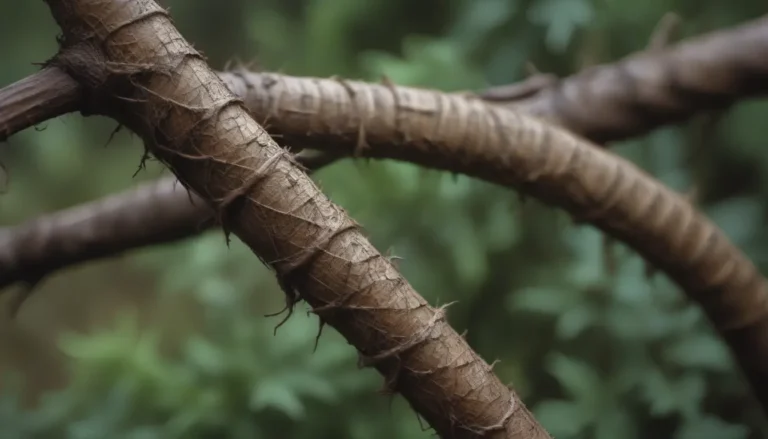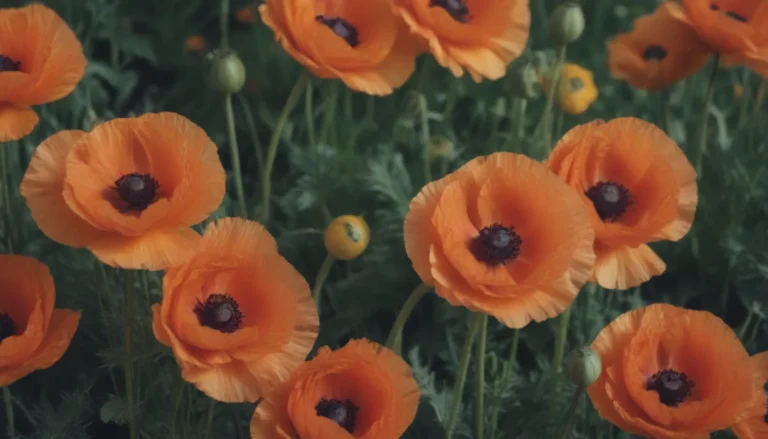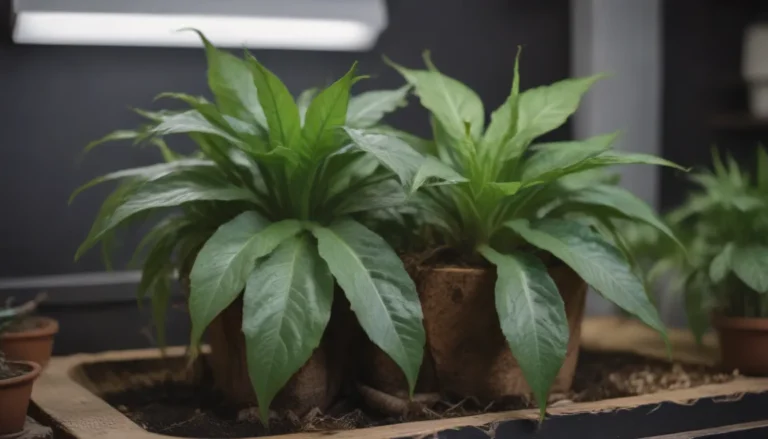How to Grow and Care for Cardboard Palm: Everything You Need to Know

If you’re looking to add a touch of tropical elegance to your home or garden, the cardboard palm is a fantastic choice. Despite its name, this plant is not a palm tree but gets its name from the palm-like appearance of its pinnate leaves. In this in-depth guide, we’ll cover everything you need to know to successfully grow and care for a cardboard palm.
Getting to Know the Cardboard Palm
The cardboard palm, scientifically known as Zamia furfuracea, is a unique plant that is commonly kept as a houseplant outside of its tropical growing zones. It features bright green, oval leaflets that give it a distinct appearance. Here are some key points to know about the cardboard palm:
- The plant has a slow growth rate and is best planted in the spring.
- It is generally shorter than it is wide, with a thick partially subterranean trunk.
- The plant is toxic to humans and pets, so be cautious when handling it.
Cardboard Palm Care: Essentials for Success
To ensure your cardboard palm thrives, it’s important to provide the right care. Here are the main care requirements for growing a cardboard palm:
Light
Cardboard palms thrive in full sun, receiving at least six hours of direct sunlight on most days. If growing indoors, place your plant by a bright window and rotate the pot regularly to ensure even light exposure.
Soil
These plants prefer a loose, sandy soil with good drainage and slightly acidic pH. If growing in containers, use a potting mix designed for cacti and palms for optimal growth.
Water
Moderate watering is key for cardboard palms to prevent root rot. Water when the top inch of soil feels dry during the spring to fall, and reduce watering in winter. Overwatering can be detrimental to the plant’s health.
Temperature and Humidity
Cardboard palms do well in temperatures ranging from 60 to 75 degrees Fahrenheit. They prefer low to average humidity levels and can tolerate heat but are susceptible to damage from cold temperatures and frost.
Fertilizer
Feed your cardboard palm twice a year with a slow-release palm fertilizer in spring and autumn for healthy growth.
Types of Cardboard Palm: Exploring Variety
The cardboard palm belongs to the Zamia genus, which includes over 50 species with palm-like features. Some other species within the genus include:
- Zamia integrifolia
- Zamia pseudoparasitica
- Zamia splendens
- Zamia decumbens
Pruning and Propagation Tips
While cardboard palms do not require frequent pruning, occasional removal of dead or damaged leaves can benefit the plant. Propagation can be done through division in the fall or early spring when the plant is dormant. Here are some steps for successfully propagating a cardboard palm:
- Use a sharp, sterilized garden tool for division.
- Prepare a 6-inch pot with well-draining potting mix.
- Gently divide the plant and replant sections in the pot.
From Seed to Plant: Growing Cardboard Palm
While propagating cardboard palms from seed can be challenging, it is not impossible. Commercial growers typically harvest seeds from cones produced by female plants. Here are steps to grow cardboard palms from seeds:
- Harvest bright red seeds from female plants.
- Plant seeds in quality potting mix and maintain patience throughout the germination process.
Potting and Repotting Advice
When potting a cardboard palm, it is essential to choose a sturdy pot with adequate drainage holes and quality potting mix. Repot the plant every two to three years as needed to accommodate growth. Here are some tips for potting and repotting your cardboard palm:
- Select a pot slightly larger than the plant’s root ball.
- Use fresh potting mix at the same depth as the original planting.
- Repot when roots outgrow the container.
Dealing with Pests and Diseases
Cardboard palms are generally resilient to pests and diseases but can be affected by issues such as root rot from overwatering. Here are some common pests and diseases to watch for:
- Spider mites
- Scale insects
- Fungal diseases from excess moisture
Troubleshooting: Common Problems and Solutions
While cardboard palms are relatively low-maintenance plants, they can still encounter issues. Here are some common problems you may encounter with your cardboard palm and how to address them:
Yellow Leaves
Yellow leaves may indicate overwatering or natural leaf aging. Simply prune yellow leaves to maintain plant health.
Brown Leaves
Brown leaves can signal root or crown rot from overwatering. Ensure proper drainage and adjust watering to prevent rot issues.
Leaves Drooping and Wilting
If your plant is dehydrated, leaves may droop or wilt. Water thoroughly to rehydrate the plant and provide adequate growing space.
Wrapping It Up
In conclusion, the cardboard palm is a stunning plant that can add a touch of tropical beauty to any space. By following the care guidelines outlined in this guide, you can successfully grow and maintain a healthy cardboard palm. Remember to provide adequate light, water, and nourishment for optimal growth. Keep an eye out for common issues and address them promptly to ensure your cardboard palm thrives for years to come. Happy gardening!





